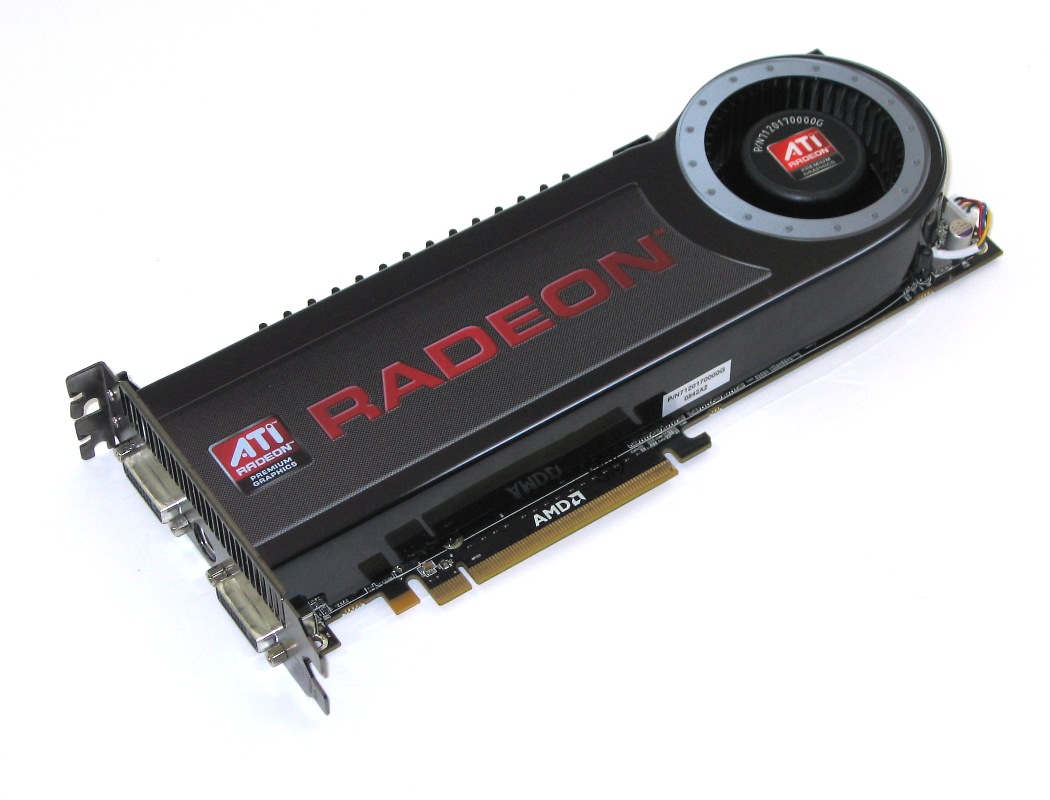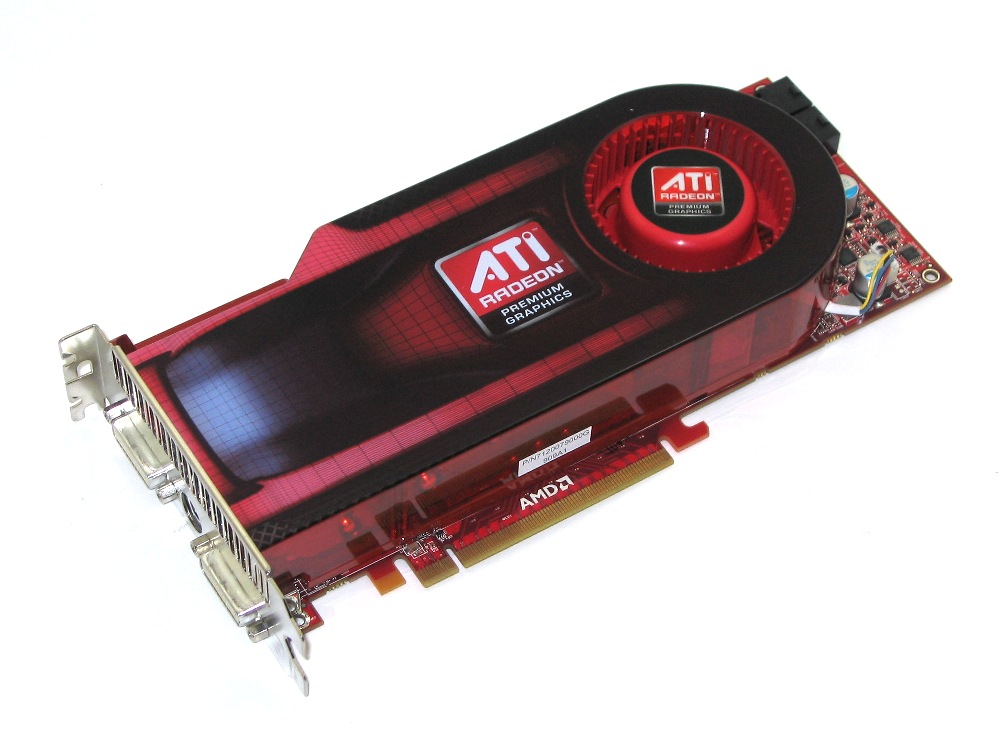Part 2: Building A Balanced Gaming PC
Graphics Cards
If you have any hope of playing the latest games in their full glory (by which we mean max'ed out details) and at high native LCD resolutions, we can’t overstate how important it is to have a powerful graphics card in your system. For our purposes here, we chose three cards from ATI and three cards from Nvidia, covering (at the time) a snapshot of the available gaming solutions priced $100 and up.
Naturally, a series of this magnitude takes weeks to plan for and test for; since we began, ATI has launched its Radeon HD 5000-series DirectX 11 boards. Thus, data for those cards wasn't available for the previous segment, nor will it be in this one. However, we're hoping to incorporate them into Parts 3 and 4.
Nevertheless, it's fairly easy to draw some parallels to our choices here, since ATI essentially doubled the resources on its previous single-GPU flagship. When you see a Radeon HD 4870 X2, imagine a Radeon HD 5870 there. The Radeon HD 4890 will generally be faster than the Radeon HD 5770. And the Radeon HD 5750 often looks a lot like the older Radeon HD 4770, if not a bit faster when you apply anti-aliasing.
BFG GeForce GTX 295
Representing the flagship of Nvidia’s GTX 200-series is the BFG GeForce GTX 295. Unlike the original GTX 295s, built on two PCBs, this newer revision features two GT200b GPUs on a single PCB.
Sporting a total of 1,792MB GDDR3 (896MB per GPU), two 448-bit memory interfaces, a 576 MHz core clock rate, a 1,242 MHz shader clock, and a 999 MHz memory clock, each GPU has the general specifications of Nvidia's GeForce GTX 260. However, the GPUs themselves boast a full 240 stream processing cores, like the GeForce GTX 285, GeForce GTX 280, and GeForce GTX 275.
ATI Radeon HD 4870 X2
Get Tom's Hardware's best news and in-depth reviews, straight to your inbox.
The flagship of ATI’s Radeon HD 4800-series is still the Radeon HD 4870 X2, a card consisting of two Radeon HD 4870 GPUs. Each processor has its own dedicated 1GB GDDR5 (2GB total) frame buffer. The individual GPU specs are identical to a single-chip Radeon HD 4870, including 800 stream processors, 40 texture units, 16 ROPs (Raster Operation Units), a 256-bit memory bus, 750 MHz GPU, and 900 MHz memory frequency.
BFG GeForce GTX 285 OCFU
This BFG GeForce GTX 285 OCFU represents the most powerful single-GPU card available for our first round of testing. Its features include 240 shader processors, a 712 MHz core clock rate, a 1,620 MHz shader clock rate, 1GB of GDDR3 memory running at 1,332 MHz (2,664 MHz effective), and a 512-bit memory interface. These are extremely high (albeit overclocked) clock rates right out of the box, backed by BFG’s lifetime warranty.
For Part 1 and Part 2 testing, we down-clock this board to reference GeForce GTX 285 speeds of 648 MHz (core), 1,476 MHz (shader), and 1,242 MHz (memory).
ATI Radeon HD 4890
Representing ATI’s top single-GPU card from the 4800-series generation, the Radeon HD 4890 has the same vital GPU specifications listed above for the Radeon HD 4870 X2, like 1GB of GDDR5 memory, 800 shader processors, 40 texture units, 16 ROPs, and a 256-bit memory bus. However, the RV790 graphics processor made it possible for ATI to serve up higher clock rates (up to 850 MHz on the core and 975 MHz memory).
BFG GeForce GTX 260 OCX Max Core 55
The BFG GeForce GTX 260 OCX Max Core 55 combines 216 shader processors, 896MB of GDDR3 memory, BFG’s highest factory overclock on a GeForce GTX 260 of 655 MHz core, 1,404 shader, and 1,125 MHz on the memory clock (2,250 MHz effective). Of course, it's also covered by BFG’s lifetime warranty.
We again down-clock this board to reference speeds of 576 MHz core, 1,242 MHz shader, and 999 MHz memory frequencies for initial testing in Part 1 and 2.
HIS Radeon HD 4850 512MB
The HIS Radeon HD 4850 has the same 800 ALUs, 40 texture units, and 16 ROPs as its bigger brothers, but it also has a lower GPU clock of 625MHz and 512MB of GDDR3 running at 993 MHz (1,986 MHz effective).
As a reminder: all testing for this first part was finished, but we couldn’t kick this series off prior to ATI’s Radeon HD 5800-series launch. To see how these new cards stack up to the ones used today, be sure to check out our launch reviews here and here.
Special thanks to ATI and Nvidia for arranging the graphics hardware needed to make this entire series possible.






